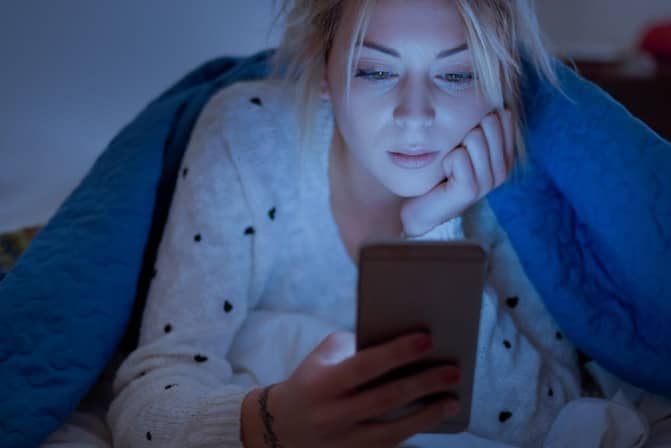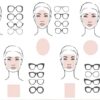
In recent years, there has been growing concern about the effects of blue light on eye health. Blue light is a type of visible light that is emitted by electronic devices, such as smartphones, tablets, and computer screens. Exposure to blue light can cause a range of problems, from eyestrain and fatigue to more serious issues such as age-related macular degeneration. In this blog, we at Park Slope Family Eye Care will discuss the effects of blue light on eye health and how you can protect your eyes from its harmful effects.
What is Blue Light?
Blue light is a type of visible light that has a short wavelength and high energy. It is part of the spectrum of light that our eyes can see, along with other colors like red, green, and yellow. Blue light is everywhere in our environment, including natural sources like the sun, as well as artificial sources like electronic devices.
Effects of Blue Light on Eye Health:
Digital Eye Strain: Prolonged exposure to blue light can cause digital eye strain, a condition characterized by symptoms such as eye fatigue, dry eyes, headaches, and blurred vision.
Sleep Disruption: Exposure to blue light at night can disrupt the body's natural sleep-wake cycle, making it harder to fall asleep and stay asleep.
Macular Degeneration: Research has shown that prolonged exposure to blue light can cause damage to the retina, leading to an increased risk of age-related macular degeneration.
Cataracts: Blue light has been linked to an increased risk of developing cataracts, a clouding of the lens of the eye that can lead to vision loss.
How to Protect Your Eyes from Blue Light:
Use Blue Light Filters: Many electronic devices, including smartphones, tablets, and computers, now have built-in blue light filters. You can also download software or use browser extensions that filter blue light.
Take Frequent Breaks: To reduce the risk of digital eye strain, it's important to take frequent breaks when using electronic devices. The American Optometric Association recommends the 20-20-20 rule: every 20 minutes, take a 20-second break and look at something 20 feet away.
Use Proper Lighting: To reduce the impact of blue light on your eyes, it's important to use proper lighting when using electronic devices. Avoid using electronic devices in a dark room and make sure your room is well-lit to reduce eye strain.
Wear Blue Light Blocking Glasses: Blue light blocking glasses are designed to filter out blue light and reduce the impact of blue light on eye health. They are available in prescription and non-prescription options and can be worn during the day or at night.
Benefits of Protecting Your Eyes from Blue Light:
Reduced risk of digital eye strain and other eye-related symptoms
Improved sleep quality and quantity
Reduced risk of age-related macular degeneration and cataracts
Reduced eye strain and improved overall eye comfort during extended periods of device use
In conclusion, blue light is a type of visible light that can have harmful effects on eye health, including digital eye strain, sleep disruption, macular degeneration, and cataracts. By using blue light filters, taking frequent breaks, using proper lighting, and wearing blue light blocking glasses, you can protect your eyes from the harmful effects of blue light. By doing so, you can reduce the risk of eye-related symptoms, improve sleep quality, and reduce the risk of more serious eye conditions like age-related macular degeneration and cataracts.
Welcome to Park Slope Family Eye Care. The professionals at our practice provide each patient with quality vision solutions and exceptional customer service. We pride ourselves in delivering your vision care with a personal touch in a relaxed environment. Whether glasses, sunglasses, and contacts - we’ve got your eyes covered.
Monday: 11:00AM - 7:00PM
Tuesday: 10:00AM - 6:00PM
Wednesday: 10:00AM - 6:00PM
Thursday: 11:00AM - 7:00PM
Friday: 10:00AM - 6:00PM
Saturday: 10:00AM - 5:00PM
Sunday: CLOSED
Park Slope Family Eye Care
519 5th Avenue
Brooklyn, NY 11215
Tel: 718-768-1020
Fax: 718-768-1050


It's very interesting! If you need help, look here: ARA Agency